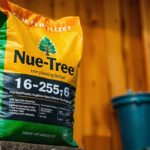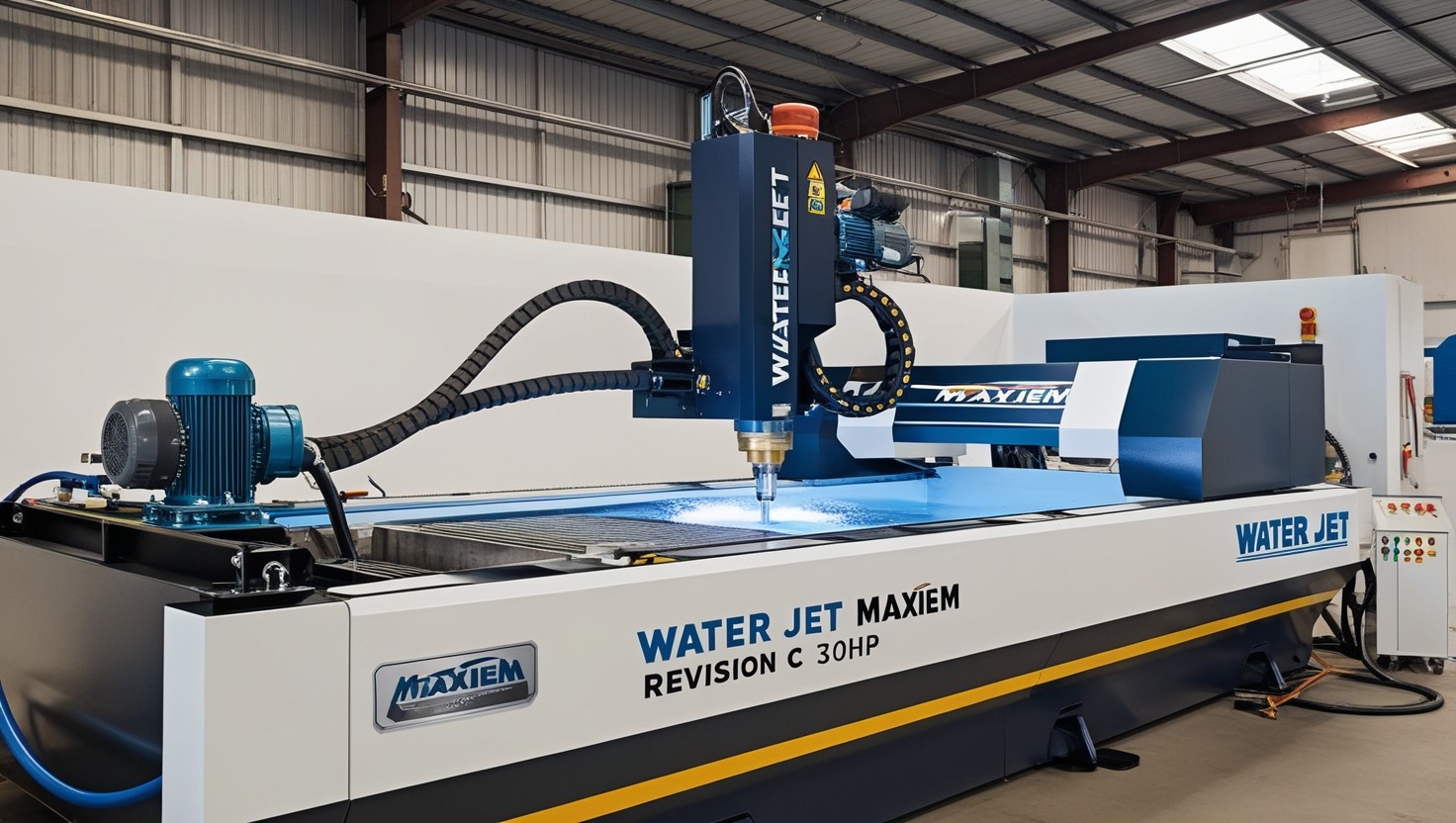The specification 2129/2102-1 serves as a detailed set of requirements and guidelines for products and services in specific industries, emphasizing performance, safety, and regulatory compliance. Commonly referenced in sectors where technical precision and standardized quality are paramount, this specification is recognized as a benchmark in ensuring that products meet defined standards for safety, durability, and efficiency.
This guide delves into the essentials of 2129/2102-1, outlining its significance, applications, technical features, and compliance benefits for manufacturers, suppliers, and end users alike.
Understanding the 2129/2102-1 Specification
The 2129/2102-1 specification is a documented standard that sets forth essential guidelines for manufacturing and quality assurance across certain products and processes. It encompasses technical requirements and testing methods that products must undergo to demonstrate their reliability, structural integrity, and compliance with industry regulations. The specification serves as a universal reference, enabling companies to meet the required standards while ensuring compatibility and performance.
Importance of Compliance with 2129/2102-1
Compliance with 2129/2102-1 is critical for businesses looking to establish trust and credibility in competitive markets. Adhering to this specification assures clients and regulatory bodies that the product meets high standards of safety and performance, making it suitable for use in sensitive or demanding applications.
Moreover, compliance with 2129/2102-1 can also lead to certification, adding an additional layer of reliability and market value.
Key Features of the 2129/2102-1 Specification
1. Structural Integrity and Durability
2129/2102-1 emphasizes the structural strength and durability of products, mandating rigorous testing to ensure they can withstand both regular use and extreme conditions. This focus on durability is especially important for applications that require consistent, long-term performance.
2. Safety Standards
One of the primary goals of 2129/2102-1 is to ensure the safety of both users and the environment. Products adhering to this standard undergo testing for potential risks, including physical and chemical hazards, ensuring that they do not pose harm during normal operation.
3. Performance Efficiency
In line with 2129/2102-1, products must perform at optimal levels to meet industry expectations. The specification sets requirements for factors like energy consumption, operational efficiency, and functional performance, guaranteeing that products meet or exceed baseline efficiency metrics.
4. Compatibility and Interoperability
The specification also addresses the compatibility and interoperability of components within systems, ensuring that products fit seamlessly into existing setups. This aspect is especially beneficial in industries where integration with other equipment is required, reducing issues with mismatched parts or inconsistent performance.
5. Documentation and Traceability
2129/2102-1 emphasizes the need for clear documentation and traceability throughout the manufacturing and quality assurance processes. This ensures that products can be traced back to their source, and any issues can be promptly identified and rectified.
Industries that Rely on 2129/2102-1
1. Manufacturing and Engineering
In manufacturing and engineering, the 2129/2102-1 standard serves as a critical framework for ensuring product quality and consistency. Whether it’s machinery parts, structural components, or finished products, adherence to this specification allows manufacturers to maintain reliability and reduce defect rates.
2. Automotive Industry
The automotive industry relies heavily on compliance with specifications like 2129/2102-1 to guarantee that vehicle parts meet safety and performance standards. This specification is often applied to engine components, safety features, and structural parts, contributing to vehicle durability and occupant safety.
3. Aerospace Sector
Aerospace applications demand exceptionally high standards for both safety and performance. The 2129/2102-1 specification is frequently used to validate parts and materials that must withstand extreme conditions, such as changes in pressure and temperature. Compliance ensures that these components are suitable for the rigorous demands of aviation and space exploration.
4. Electronics and Electrical Systems
In the electronics sector, 2129/2102-1 helps in setting parameters for devices and systems that require precision and reliability. This includes electrical components, circuits, and systems where minor discrepancies could result in malfunctions or safety hazards.
5. Medical Equipment and Devices
Medical devices and equipment must adhere to strict regulations to ensure patient safety. Compliance with 2129/2102-1 is often mandatory for devices that come into direct contact with patients or are used in critical care settings, as it ensures the devices are safe, durable, and reliable.
Benefits of Implementing 2129/2102-1 in Product Development
1. Enhanced Product Quality
Adhering to the 2129/2102-1 standard results in improved product quality, as manufacturers must meet rigorous testing and performance benchmarks. This translates to better functionality, durability, and overall customer satisfaction.
2. Competitive Advantage
Meeting this specification can give companies a competitive edge, particularly in industries where compliance is viewed as a mark of excellence. Products certified under 2129/2102-1 are often preferred in the market, as they guarantee a higher standard of quality.
3. Risk Reduction
Compliance with 2129/2102-1 helps in mitigating risks associated with product failure, safety recalls, and liability claims. The standard’s emphasis on safety and quality assurance minimizes the chances of malfunctions or safety incidents, reducing the likelihood of legal or financial repercussions.
4. Streamlined Regulatory Compliance
2129/2102-1 aligns with many international regulatory requirements, facilitating market entry and simplifying the approval process in regions where strict safety and performance standards are enforced.
Steps to Achieve 2129/2102-1 Compliance
1. Conduct a Gap Analysis
A gap analysis is an initial step to identify where current processes and products fall short of the 2129/2102-1 requirements. This helps in creating a roadmap for the changes needed to achieve compliance.
2. Product Testing and Validation
Products must undergo thorough testing in accordance with the 2129/2102-1 specification. This includes stress tests, safety checks, and performance assessments to verify that the product meets all necessary standards.
3. Documentation and Record-Keeping
Maintaining clear and accurate documentation is essential for demonstrating compliance. Detailed records of manufacturing processes, testing results, and quality checks should be kept for verification and traceability.
4. Continuous Improvement and Auditing
Periodic audits and continuous improvement initiatives ensure ongoing compliance with the 2129 2102-1 specification. These audits help identify any areas that need improvement and keep the product aligned with the latest industry standards.
Challenges in Adopting 2129/2102-1 Standards
1. High Initial Costs
Achieving 2129/2102-1 compliance can involve significant upfront costs, including investment in testing equipment, training, and potential modifications to production processes. However, these costs are often offset by long-term benefits such as reduced liability and improved product quality.
2. Complexity in Implementation
For companies new to this specification, understanding and implementing all requirements can be complex. The process often requires in-depth knowledge and may necessitate consultation with experts in the field.
3. Maintaining Continuous Compliance
The dynamic nature of technology and industry standards means that maintaining compliance with 2129 2102-1 requires regular updates and continuous improvement efforts. Companies must stay informed of any changes to the specification to ensure ongoing compliance.
Conclusion
The 2129/2102-1 specification stands as a vital standard for industries where product safety, performance, and durability are non-negotiable. By adhering to this specification, companies can ensure that their products meet the highest standards, building trust with clients and regulatory bodies alike. While achieving compliance may pose some initial challenges, the long-term benefits of risk reduction, enhanced product quality, and competitive advantage make it a valuable
FAQs
What is 2129/2102-1 compliance?
2129 2102-1 compliance refers to adherence to a specification that outlines safety, quality, and performance requirements. It is commonly used in industries that require high standards of product reliability.
Why is 2129/2102-1 important for manufacturers?
2129 2102-1 ensures that products meet industry standards for safety, durability, and performance. Compliance helps manufacturers build trust, reduce risks, and gain a competitive advantage.
How is 2129/2102-1 tested?
Testing for 2129 2102-1 compliance involves assessing the product’s durability, safety, and efficiency through a series of standardized tests. Documentation and validation are also part of the compliance process.
Is 2129/2102-1 mandatory in all industries?
No, 2129 2102-1 is not mandatory for all industries. However, sectors like aerospace, automotive, and medical devices often require compliance due to their strict safety and performance standards.
Can small businesses benefit from 2129 2102-1 compliance?
Yes, small businesses can benefit from compliance by enhancing product quality, gaining customer trust, and opening opportunities in markets that prioritize high standards.
How often should products be tested for 2129 2102-1 compliance?
Testing frequency depends on industry requirements and the product lifecycle. Regular audits and re-certifications ensure ongoing compliance with the specification.










